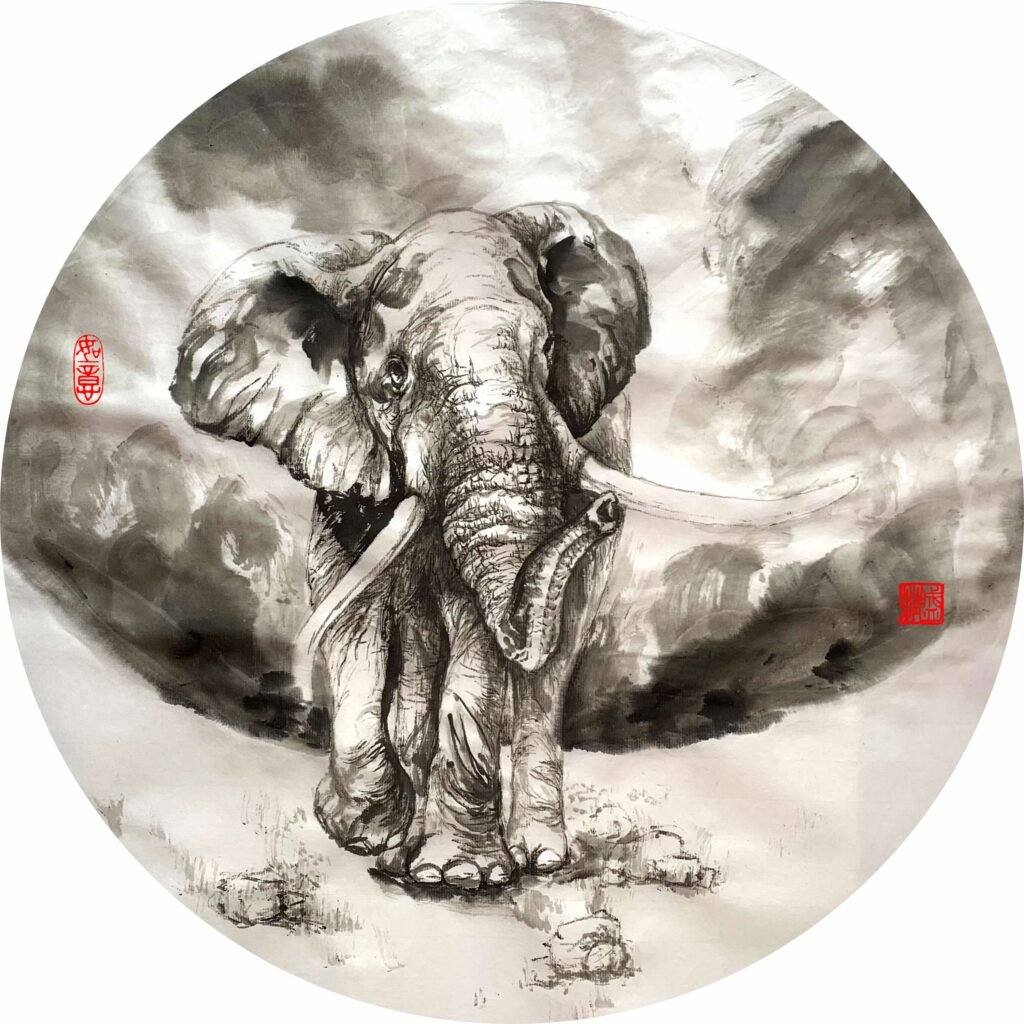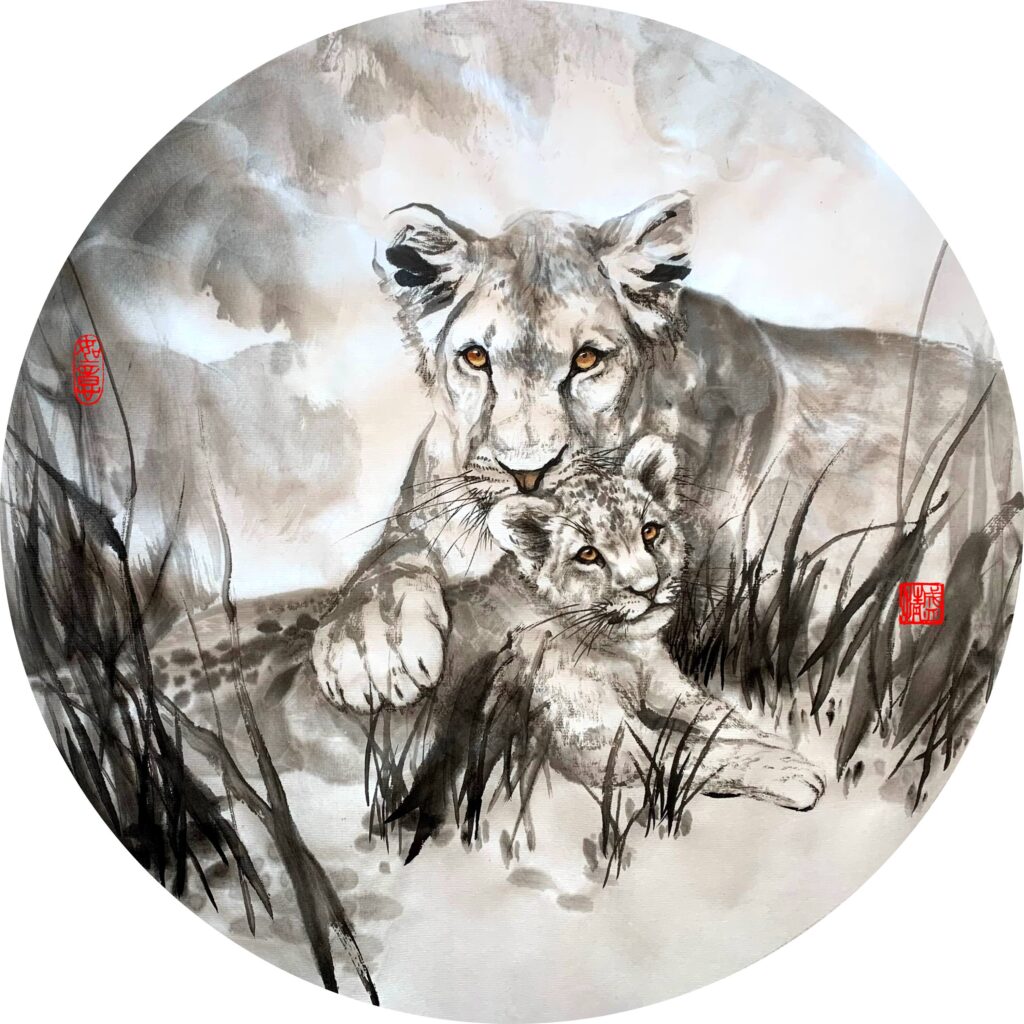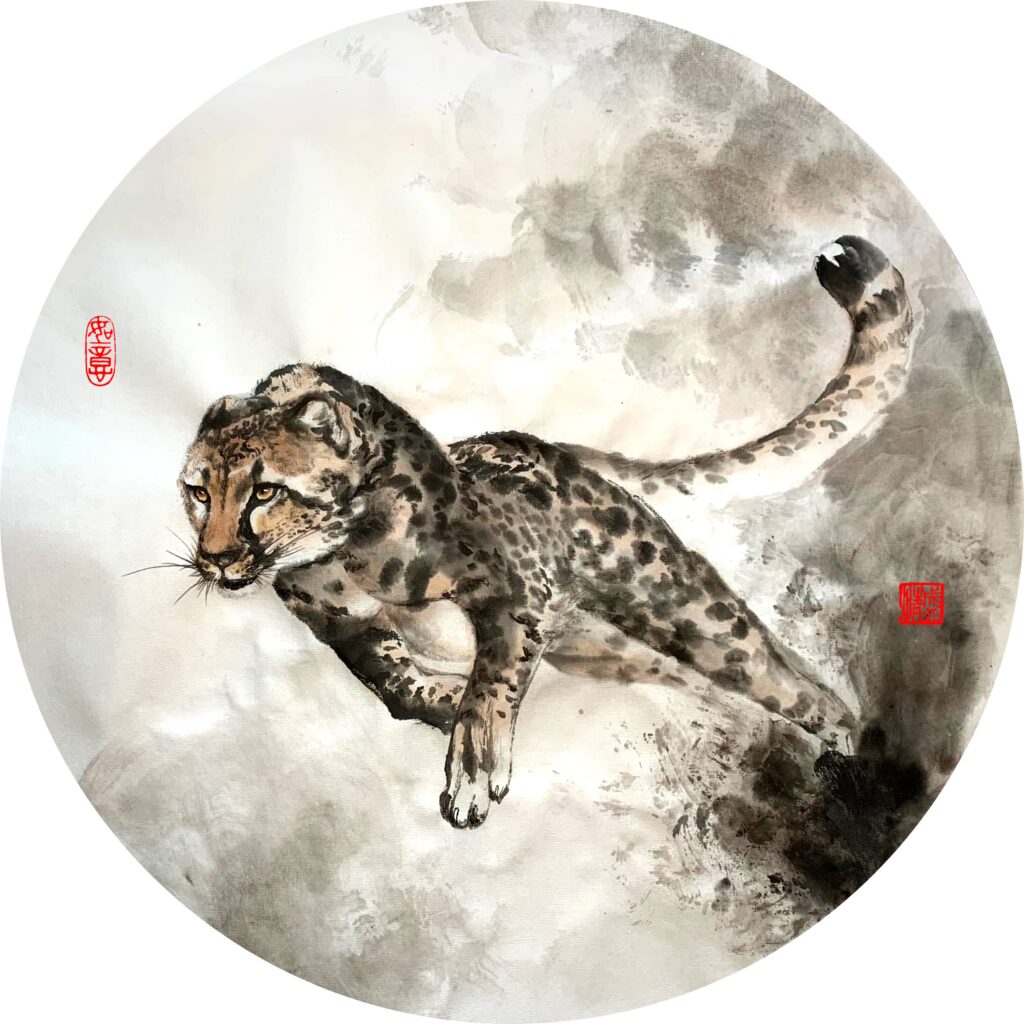Other than paper, there are a few textile fabrics that are rather essential in the oriental art world. Do you know of them? Today let us take a look at a few of the most interesting and important ones!
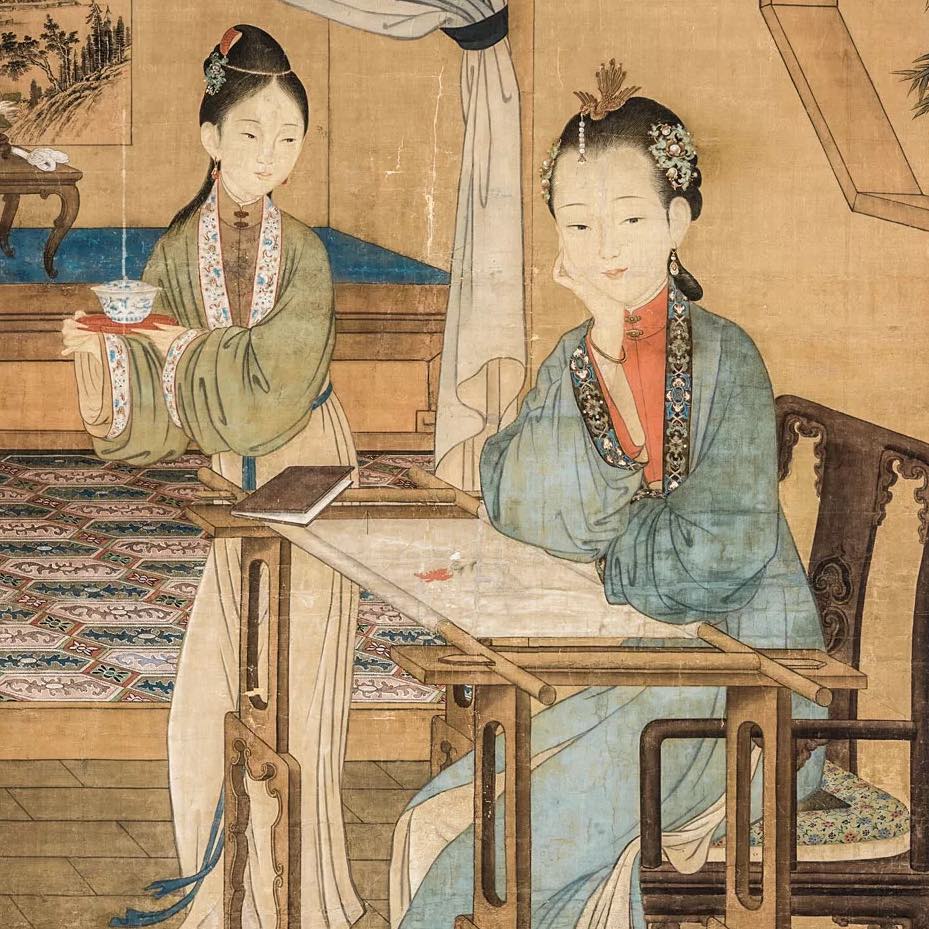
[icegram campaigns=”7414″]
When thinking about the oriental world, one of the symbols that pops into everybody’s head is silk. Silk as an important item for trade, and has played a key role in the overall prosperity of the eastern world. Since the Neolithic period the silk worm raising and textile manufacturing has already taken shape in the east, where numerous archeological discoveries provide solid proof. We can say with some certainty that the very first silk textiles most likely were produced for rituals, where people may have injected great hope in this fabric that is lighter than air to bring them longevity and then help them be delivered to the great ever after.
During the Spring and Autumn and the Warring State periods the silk fabrics became a norm in regular clothing, well, clothing of the powerful – for a long time the wealthy merchants could not wear silk clothing due to their low social status. We have many names referring to the textile fabricated from silk, Ling, Luo, Chou, Duan, each has its unique weaving style, and each more fabulous than the next. Silk became a currency to a large extent over the course of history, and a trading path was even named after it, the Silk Road, which empowered countless nations along its way.
Silk in record was also used in artworks much earlier than paper. The painting below is potentially the earliest painting created on silk that still exists today. Raw silk can be made into Bo or Juan, types of fabrics often used in the painting practice. Juan is the more popular and better developed style for art creation.

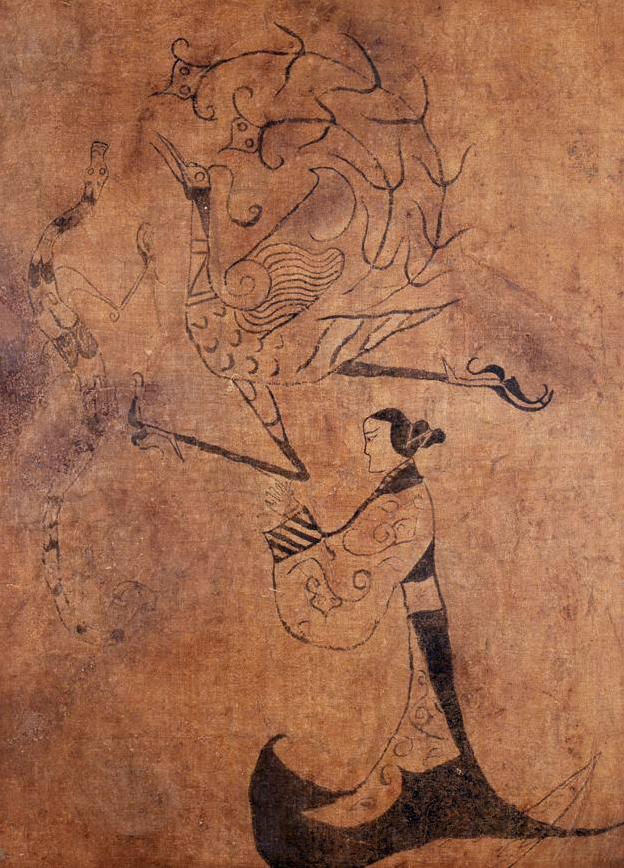
When we talk about the silk painting, Juan is the type of silk fabric that we refer to. Juan is a plainly woven silk fabric, and the raw silk acts similarly to the raw rice papers, whereas the ripe silk is also available for the more meticulous Gongbi painting style, just as the rice papers. In order to make the silk ripe, a series of complicated procedures are required, captured in the Tang Dynasty painting below. We can almost be certain that up until early Tang Dynasty all ancient paintings were made on Juan instead of paper. However, the texture of Juan may vary depending on the preference of the artists, so some artworks may appear to be painted on rougher surfaces than others.

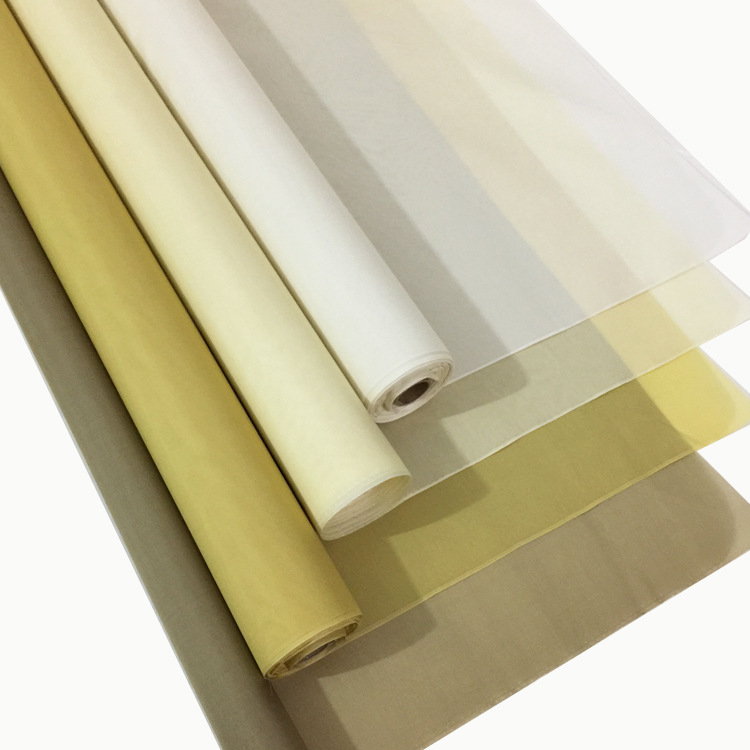
Another silk fabric commonly used in the oriental art is called Ling, which is often used for the mounting of artworks. We said that Juan was made to reflect the most plain woven fabric style, but it is not the case of Ling. Ling is filled with gorgeous patterns, including clouds, flowers, birds, etc. As the techniques progressed, more and more patterns appeared. These silk materials would be the kind that you most likely have seen as the borders of mounted artworks.
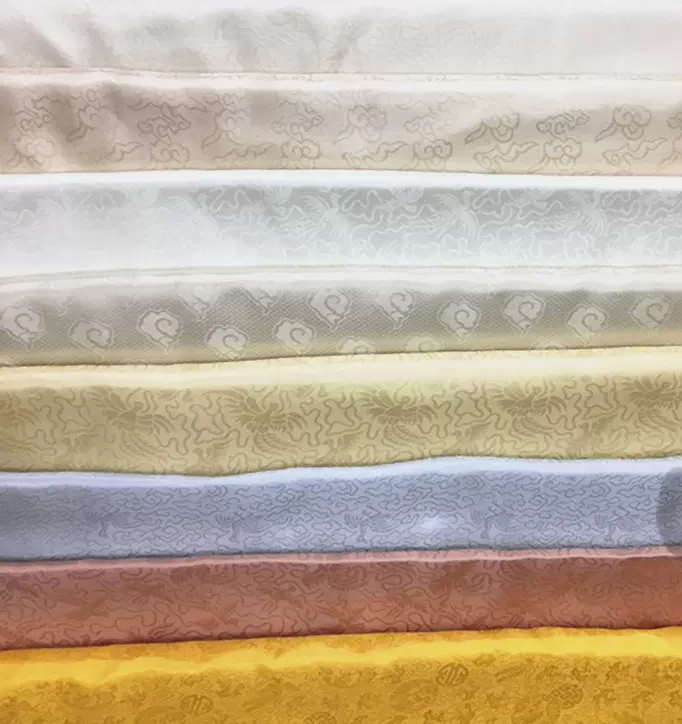

Nowadays however, Ling has experienced some change, where many types are produced with a layer of glue that reacts with heat. So the delicate mounting process became a ironing practice. I do enjoy the time saved, but I always felt that there is something missing about the rich mounting culture. So in the coming months I will try and make a video to show you how to further mount your artworks with a layer of the gorgeous silk around it the traditional and homemade way. So stay tuned!
Our Rice Paper / Silk Collection
-
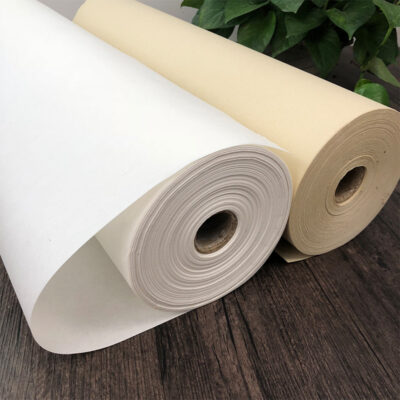 100m Rice Paper Roll
100m Rice Paper Roll -
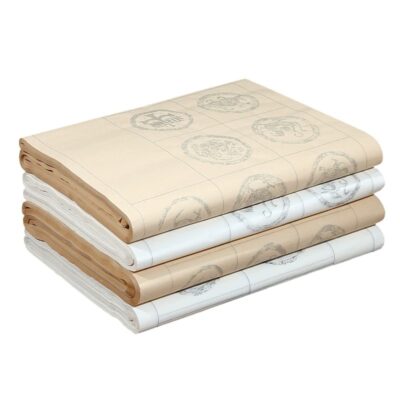 Calligraphy Rice Paper for Poem (with Grids)
Calligraphy Rice Paper for Poem (with Grids) -
 Cloud Dragon High Fiber Rice Paper
Cloud Dragon High Fiber Rice Paper -
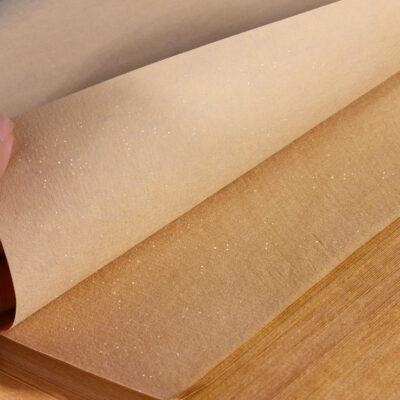 Colored Ripe Rice Paper with Pearly Sparkles
Colored Ripe Rice Paper with Pearly Sparkles -
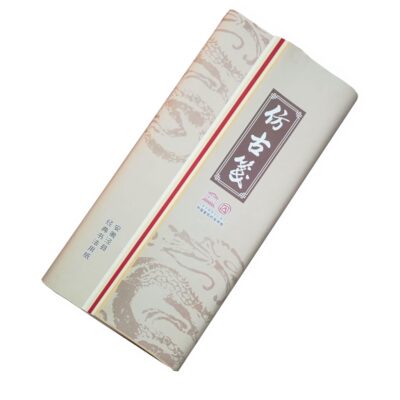 Half-Raw 5 Colored Rice Paper Pack
Half-Raw 5 Colored Rice Paper Pack -
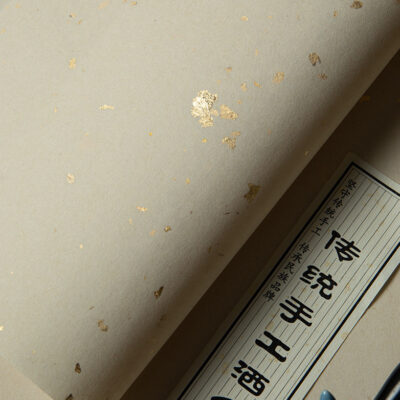 Light Brown Rice Paper with Golden Sparkles
Light Brown Rice Paper with Golden Sparkles -
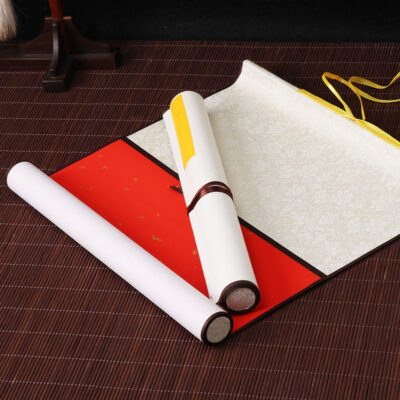 Pre-Mounted Rice Paper Scroll
Pre-Mounted Rice Paper Scroll -
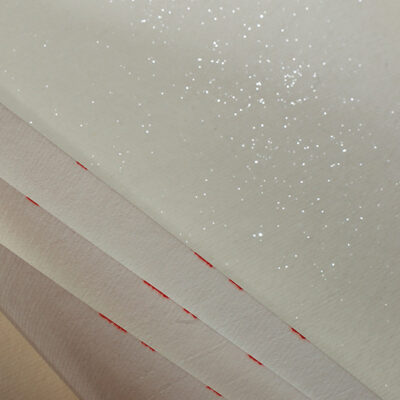 Premium Ripe Rice Paper
Premium Ripe Rice Paper -
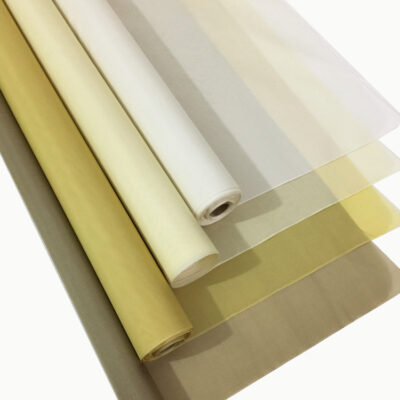 Silk For Painting, Ripe & Raw
Silk For Painting, Ripe & Raw -
 Premium Raw Rice Paper
Premium Raw Rice Paper -
 Rice Paper Sheets
Rice Paper Sheets -
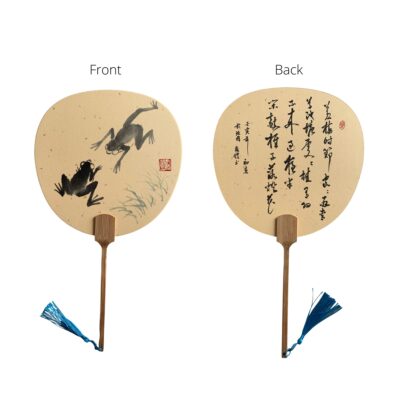 Rice Paper Fan
Rice Paper Fan -
 Colored Half-Raw Rice Paper
Colored Half-Raw Rice Paper -
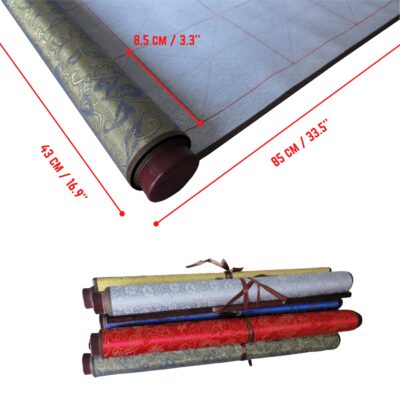 Water Writing Cloth, for Calligraphy Practice with only Water
Water Writing Cloth, for Calligraphy Practice with only Water -
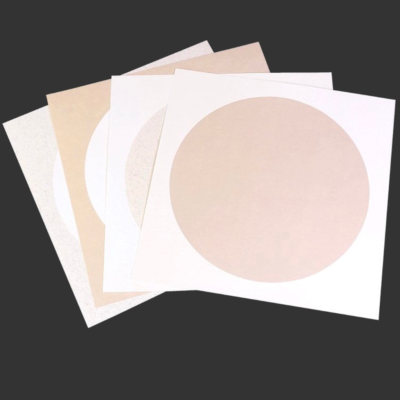 Pre-Mounted Rice Paper (pack of 10)
Pre-Mounted Rice Paper (pack of 10)
Original Chinese Brush Painting, Calligraphy Courses & Art Supplies
